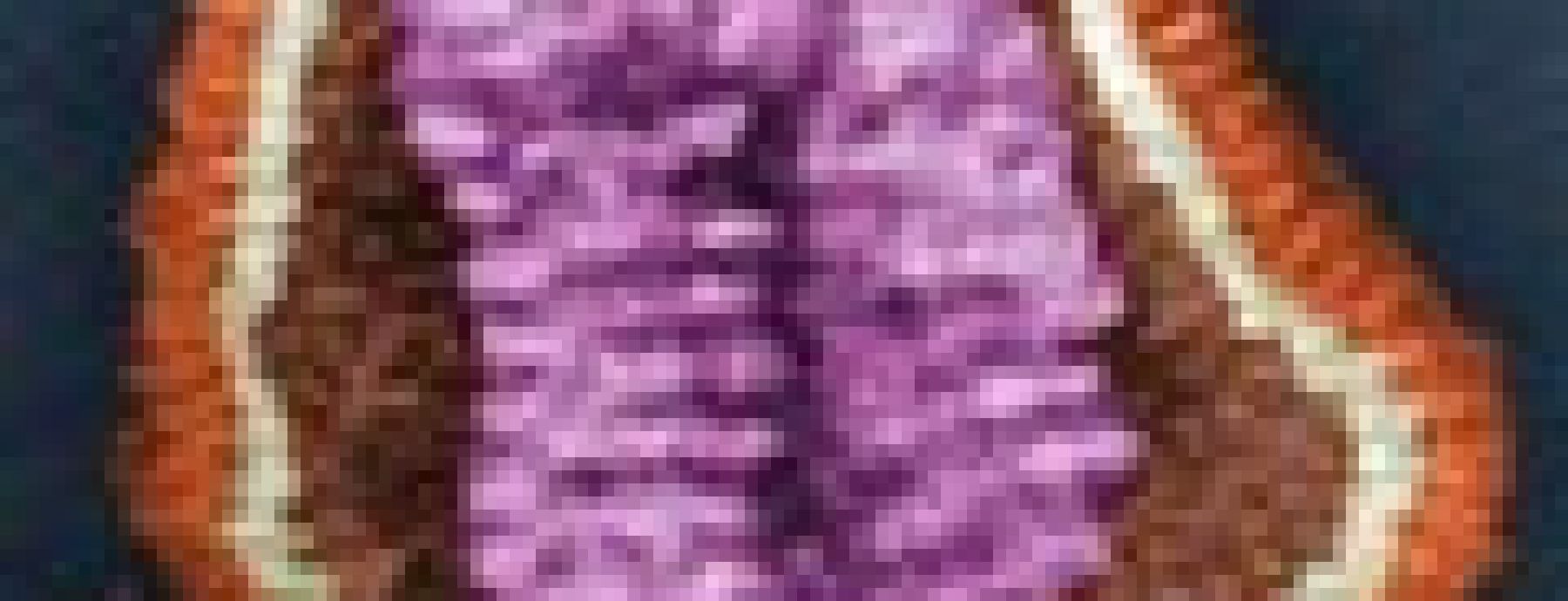Human influenza is notorious -- not only because it can make you very sick, but because you can get it again and again. Viral antigens differ from year to year -- to such an extent that your immune system fails to recognize this year's virus as something previously encountered.
Since 1918, three main subtypes of influenza A virus have been circulating within the human population. These subtypes differ genetically and antigenically from each other. Furthermore, at any one time there is diversity within subtypes, and the nature of this diversity changes over time.
Eddie Holmes, Martha Nelson and colleagues from Edinburgh, Oxford and the National Institutes of Health have now described the spatio-temporal dynamics of evolution in two major human influenza subtypes. Using 1302 complete influenza genomes from the USA (northern hemisphere) and New Zealand (southern hemisphere), they examined how diversity in the A/H1N1 and A/H3N2 lineages changed over a 12-year period starting in the early 1990s.
Their findings, described in Nature, lead them to conclude that:
- Different viral subtypes show different evolutionary pattens: compared with A/H1N1, A/H3N2 shows more frequent and pronounced seasonal peaks in diversity, in both northern and southern hemispheres
- Immune-mediated interactions between subtypes may affect viral evolution
- Reassortment plays an important role in generating novel diversity
- Other viral proteins besides the haemagglutinin (HA) antigen are subject to strong positive selection, suggesting that co-evolution of proteins is important
- The spatio-temporal patterns of antigenic evolution are consistent with the existence of a tropical "reservoir" for influenza, within which there is strong selection for antigenic change.
Written By: Andrew Rambaut, Oliver G. Pybus, Martha I. Nelson, Cecile Viboud, Jeffery K. Taubenberger, & Edward C. Holmes
Paper Url: http://www.nature.com/nature/journal/vaop/ncurrent/full/nature06945.html
Paper Id: 10.1038/nature06945
